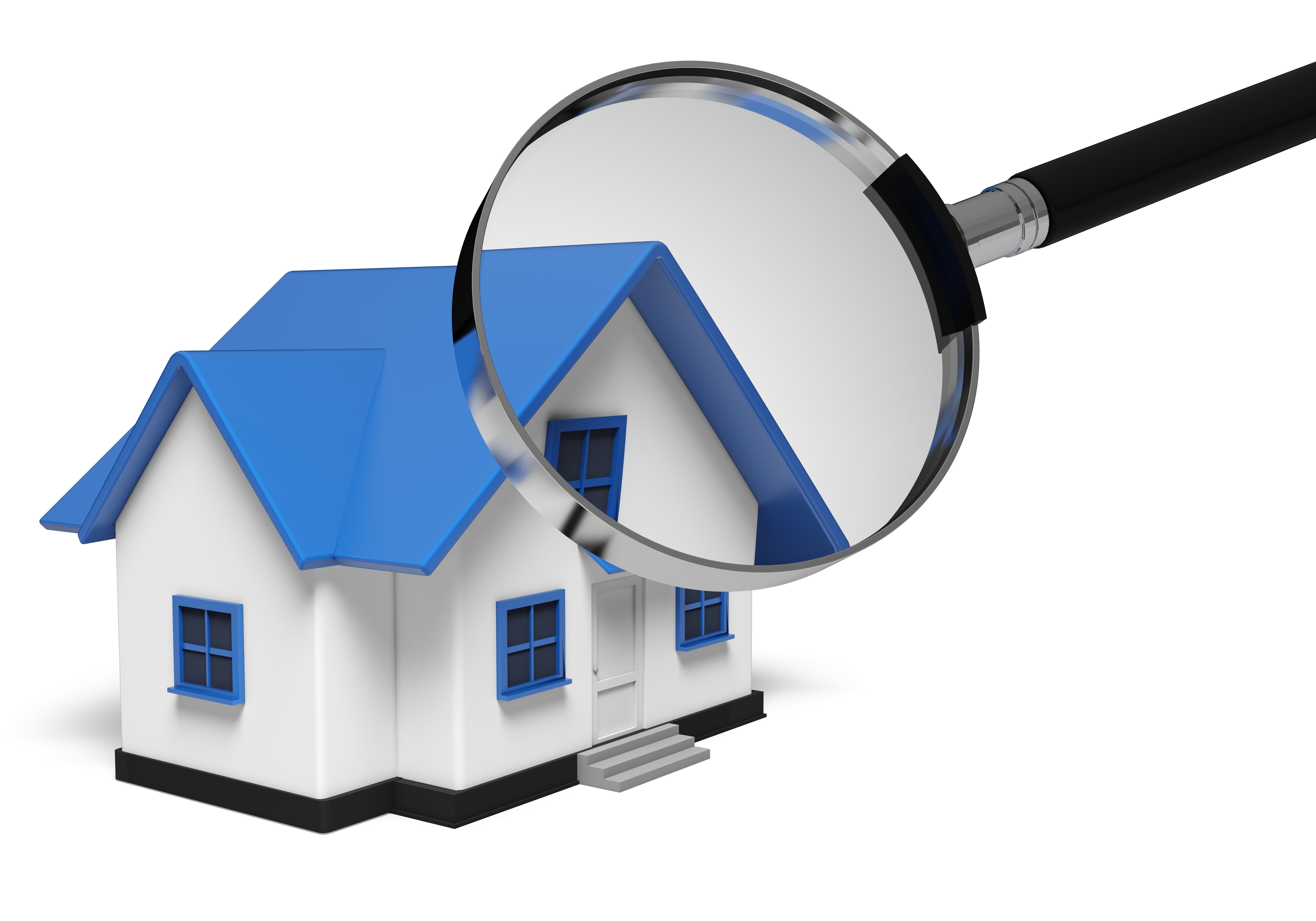
Understanding AppraisalsTheir home's purchase is the largest investment most of us will ever make. It doesn't matter if a main residence, an additional vacation property or an investment, the purchase of real property is a detailed financial transaction that requires multiple parties to see it through. Most people are familiar with the parties taking part in the transaction. The most known face in the exchange is the real estate agent. Then, the mortgage company provides the money required to finance the transaction. The title company makes sure that all details of the transaction are completed and that a clear title passes from the seller to the buyer. So, what party makes sure the real estate is worth the amount being paid? This is where you meet the appraiser. We provide an unbiased estimate of what a buyer might expect to pay — or a seller receive — for a parcel of real estate, where both buyer and seller are informed parties. A licensed, certified, professional appraiser from James Mumaw will ensure, you as an interested party, are informed. The inspection is where an appraisal beginsOur first duty at James Mumaw is to inspect the property to determine its true status. We must actually see aspects of the property, such as the number of bedrooms and bathrooms, the location, living areas, etc, to ensure they indeed are present and are in the shape a reasonable person would expect them to be. The inspection often includes a sketch of the house, ensuring the square footage is accurate and illustrating the layout of the property. Most importantly, the appraiser looks for any obvious amenities - or defects - that would affect the value of the property. After the inspection, we use two or three approaches to determining the value of the property: paired sales analysis and, in the case of a rental property, an income approach. 
Replacement CostThis is where the appraiser analyzes information on local construction costs, the cost of labor and other elements to derive how much it would cost to construct a property comparable to the one being appraised. This figure commonly sets the maximum on what a property would sell for. The cost approach is also the least used method. 
Paired Sales AnalysisAppraisers get to know the neighborhoods in which they appraise. They thoroughly understand the value of specific features to the residents of that area. Then, the appraiser looks up recent transactions in close proximity to the subject and finds properties which are 'comparable' to the real estate being appraised. Using knowledge of the value of certain items such as upgraded appliances, additional bathrooms, additional living area, quality of construction, lot size, we add or subtract from each comparable's sales price so that they more accurately portray the features of subject.
An opinion of what the subject could sell for can only be determined once all differences between the comps and the subject have been evaluated. When it comes to putting a value on features of homes in Little River and Horry, James Mumaw is second to none. This approach to value is commonly awarded the most weight when an appraisal is for a home sale. Valuation Using the Income ApproachA third method of valuing a house is sometimes employed when a neighborhood has a reasonable number of rental properties. In this situation, the amount of revenue the property yields is factored in with other rents in the area for comparable properties to determine the current value. Arriving at a Value ConclusionCombining information from all applicable approaches, the appraiser is then ready to document an estimated market value for the subject property. It is important to note that while the appraised value is probably the most accurate indication of what a house is worth, it may not be the final sales price. It's not uncommon for prices to be driven up or down by extenuating circumstances like the motivation or urgency of a seller or 'bidding wars'. Regardless, the appraised value is often employed as a guideline for lenders who don't want to loan a buyer more money than they could recover in case they had to sell the property again. Here's what it all boils down to, an appraiser from James Mumaw will guarantee you get the most fair and balanced property value, so you can make the most informed real estate decisions. |